Written by Julie Jernigan, Staff Writer
Garrett Morgan
Invention: three-position traffic signal
According to History, around 1907 in Cleveland, Ohio, Morgan opened up his own sewing machine repair shop after years of experience, and he later added a widely successful garment shop. Due to his success, he was able to start a newspaper in 1920, called the Cleveland Call, which became the most influential black newspaper in America. With his newfound wealth, he purchased a car and noticed how crowded the streets were. At the time, traffic signals only switched from Stop to Go with no pause in-between. There was no reaction time, which led to many collisions. Morgan then wondered if he could design an automated warning signal. He patented a T-shaped pole with three settings, much like the one used today, and he sold it to General Electric for $40,000.
George Crum
Invention: potato chips
Crum developed a passion for cooking at an early age and soon started work as a chef for Moon’s Lake House restaurant at the Saratoga Lakes Resort in New York, according to Famous Inventors. In 1860, he quit to open his own lakeside restaurant: Crum’s House. While there is speculation regarding how the potato chip was made, many believe that while Crum was working, a customer complained his potatoes were too thick, so Crum rectified the situation by cutting potatoes really thin and frying them. They were called “Saratoga chips,” and though he never patented his invention, many attribute the crispy snack to Crum.
Frederick Jones
Invention: refrigeration
After years of self-educating himself on the extensive subject of mechanics, Jones acquired his engineering license at the age of 20, according to Biography. He served in World War I, where he often repaired machines and other equipment. After the war, he absorbed any knowledge he could about electronics. In the 1930s during World War II, he created a portable air-cooling machine for trucks that helped preserve blood and medicine. Jones patented more than 60 inventions during his lifetime, and even though he was not alive to accept it, he was awarded the National Medal of Technology by George H.W. Bush in 1991. He was the first African-American to receive the award.
Marie Van Brittan Brown
Invention: home security system
Brown and her husband’s work schedules were not what one would call standard. Brown worked as a nurse, and her husband worked as an electronic technician, according to Black Past. They both worked well into the night, and so they had security concerns for their home while they were gone. They lived in Queens, New York; a place where the crime rate was high, and the response time was slow. In 1966, Brown filed a patent for a system of peepholes, a camera, monitors, an alarm button and a two-way microphone. The camera would reflect images on the monitor, and the microphone allowed Brown to speak to anyone on the other side of the door. With a push of the alarm button, the police were immediately notified. Her invention is still widely used today.
Madame C. J. Walker
Invention: specialized hair products for African-Americans
According to Biography, Walker invented her own hair care products, such as pomade, after suffering from a scalp ailment that caused hair loss. She was employed by Annie Turnbo Malone, another prosperous black woman who was also a hair care entrepreneur. While working for Turnbo, Walker perfected her hair methods, and her husband helped promote her products throughout the Southeast. In 1908, she opened her own factory and beauty school, and her profits continued to grow. Walker was the first woman in America to become a self-made millionaire.
 The Spectator The independent student newspaper of Valdosta State University
The Spectator The independent student newspaper of Valdosta State University



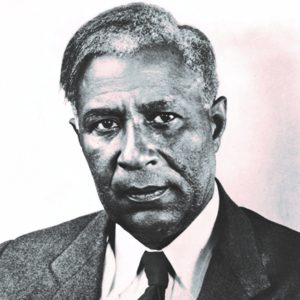
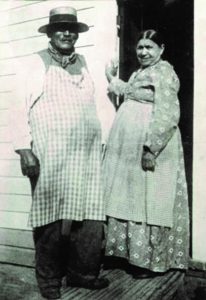
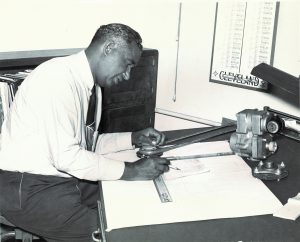
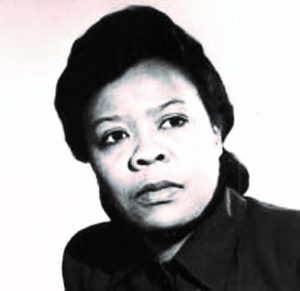
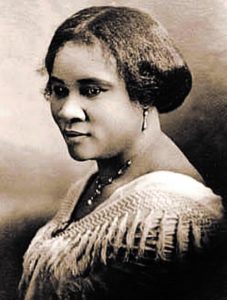

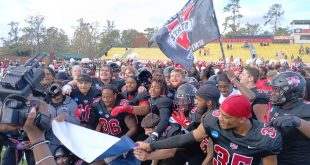


Very enlightening. Thanks for making us aware of these contributions.
WE NEED TO BE TEACHING OUR YOUNG KIDS MORE ABOUT BLACK INVENTIONS AND HOW IMPORTANY IT IS “THE MORE KNOWLEDG NYOU HAVE THE SMARTER YOU WILL BECOME”